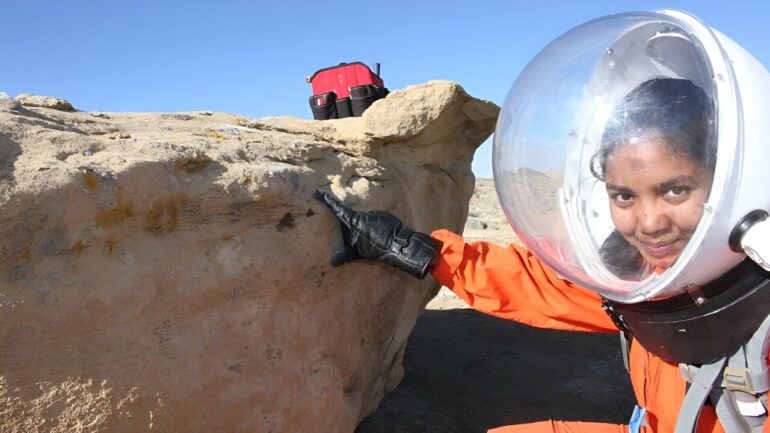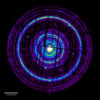Once you know where to look for them, lichens are everywhere. These composite organisms—fungal and photosynthetic partners joined into a greater whole—can survive on a vast array of surfaces, from rocks and trees to bare ground and buildings. They are known from every continent, and almost certainly every land mass on planet Earth; some species have even survived exposure to the exterior of the International Space Station.
This hardy nature has long interested researchers studying what life could survive on Mars, and the astrobiologists studying life on Earth as an analog of our planetary neighbor. In the deserts surrounding two Mars analog stations in North America, lichens comprise such an important part of the local ecosystems that they inspired a biodiversity assessment with a unique twist: this collections-based inventory took place during a simulated mission to Mars.
The Mars Desert Research Station in Utah, U.S. (on Ute and Paiute Territory), and the Flashline Mars Arctic Research Station in Nunavut, Canada (in Inuit Nunangat, the Inuit Homeland) are simulated Martian habitats operated by The Mars Society, where crews participate in dress rehearsals for crewed Martian exploration.
While learning what it would take to live and work on our planetary neighbor, these “Martians” frequently study the deserts at both sites, often exploring techniques for documenting microbial life and their biosignatures as a prelude to deploying these tools and methods off world. These studies are enhanced by a comprehensive understanding of the ecosystems being studied, even if they are full of Earthbound life. During the Mars 160—a set of twin missions to both Utah and Nunavut in 2016 and 2017—our team undertook a floristic survey of the lichen biodiversity present at each site.
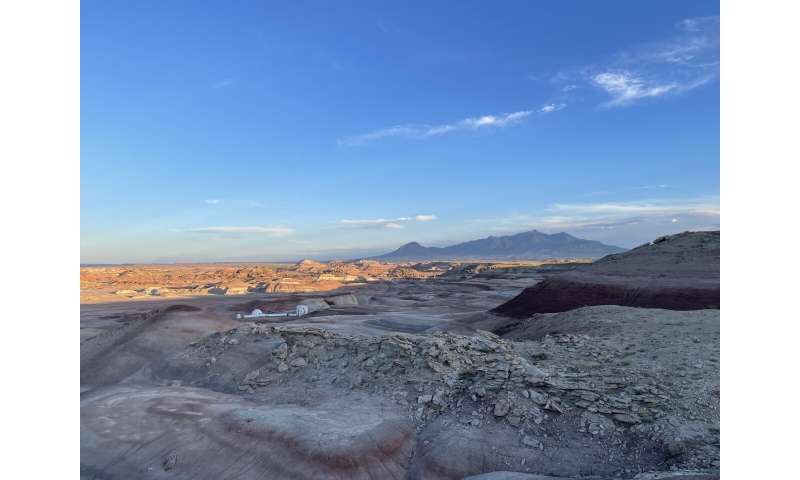
The Mars Desert Research Station is nestled in among the red sandstone hills of southeast Utah, U.S., in a geological analog to Mars. © Paul Sokoloff/Canadian Museum of Nature
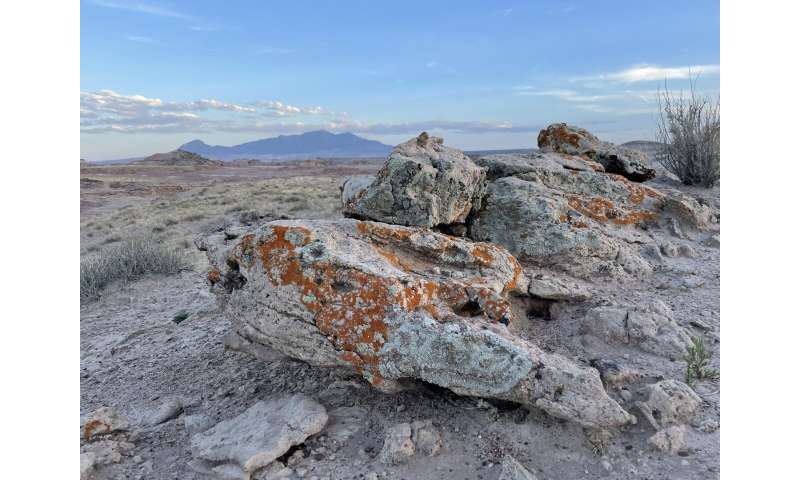
Rich lichen communities are abundant in the deserts surrounding the Mars Desert Research Station, with visible crusts being one part of a vibrant ecosystem. © Paul Sokoloff/Canadian Museum of Nature
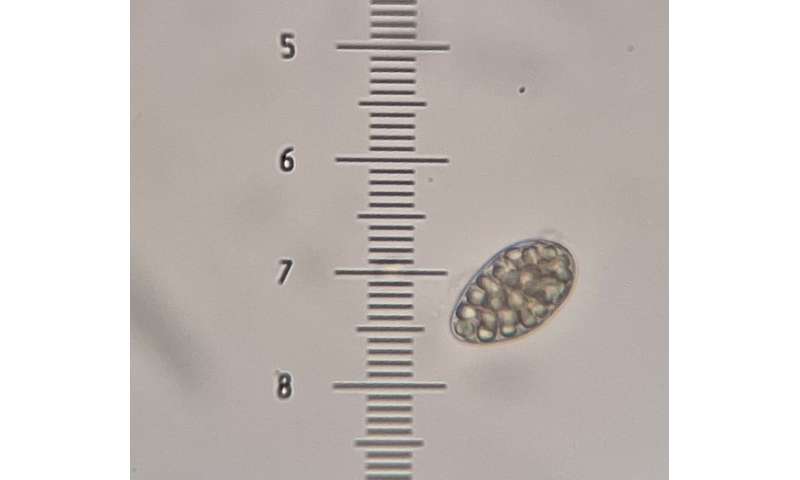
An ascospore from a Northern Polyblastia Lichen (Polyblastia hyperborea) collected near the Flashline Mars Arctic Research Station in Nunavut, Canada. Spore morphology is another important character for lichen identification. © Paul Sokoloff/Canadian Museum of Nature
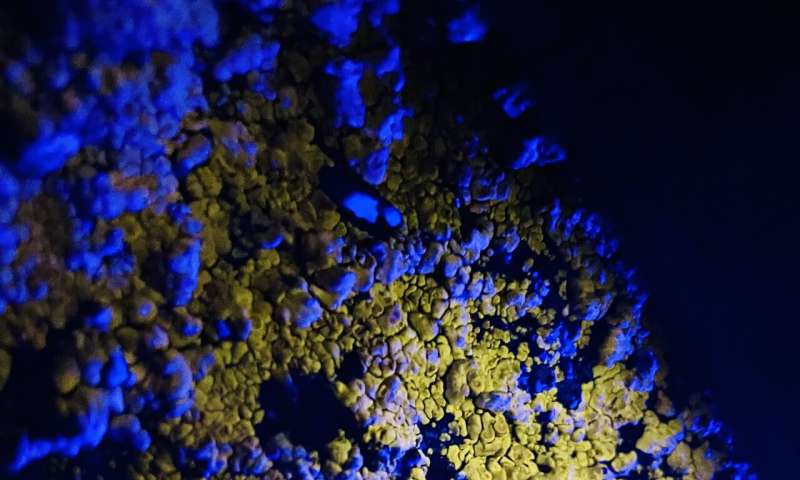
The Bright Cobblestone Lichen (Acarospora socialis) fluoresces bright yellow under ultraviolet light on rocky outcrops near the Mars Desert Research Station. This fluorescence is one of many key characteristics useful in identifying lichen species. © Paul Sokoloff/Canadian Museum of Nature
During simulated extra-vehicular activities, Mars 160 mission specialists wearing simulated spacesuits scouted out various habitats at both stations, seeking out lichen species growing in various microhabitats. Collecting over 150 specimens, these samples were “returned to Earth,” and identified at the National Herbarium of Canada at the Canadian Museum of Nature.
Through morphological examination, investigations of internal anatomy and chemistry, and DNA barcoding, “Mission Support” identified 35 lichen species from the Mars Desert Research Station, and 13 species from the Flashline Mars Arctic Research Station.
These species, along with photographs and a synopsis of their identifying characteristics, are summarized in a new paper out now in the journal Check List. This new annotated checklist should prove useful to future crews working at both analog research stations, while also helping Earthly lichenologists better understand the distribution of these fascinating organisms, including new records of rarely reported or newly described species from some of Earth’s most interesting and otherworldly habitats.
More information:
Paul C. Sokoloff et al, An annotated checklist of the lichen biodiversity at two Mars analog sites: The Mars Desert Research Station (Utah, USA) and The Flashline Mars Arctic Research Station (Nunavut, Canada) recorded during the Mars 160 Mission, Check List (2024). DOI: 10.15560/20.5.1096
Provided by
Pensoft Publishers
Citation:
Mars analog stations investigate lichen biodiversity during simulated missions (2024, October 11)
